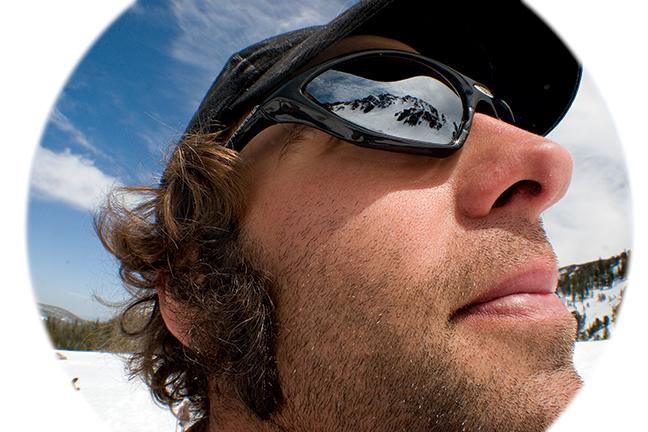Take Care of Your Eyes
It's all fun and games until somebody loses one.
Eyeballs have a lot to worry about in winter: skiers get faces full of snow or stare at the glare too long, icicles fall on people while they're shoveling their driveways, winter campers get a face-full of tree branch, snowmobiles launch snow-covered debris, and at least one snowball fight ends with a good pop in the socket.
Most problems fall into two categories: snowblindness and blunt-force trauma. So when you go outside this winter, follow these tips and you walk away with peepers that still work.
1. Wear Glasses or Goggles
Snow reflects 85% if the ultraviolet rays from bright sunlight. Snowblindness is a painful condition caused by exposing unprotected eyes to these rays, and it is especially damaging to unprotected eyes. The problem becomes increasingly worse at higher altitudes: ultraviolet intensity increases by 5%-16% for every 1,000 foot increase in elevation.
Symptoms of snowblindness usually appear six to 12 hours after exposure and include foreign-body sensation, irritation, pain, tearing, light sensitivity, and reduced vision. The cornea will heal itself within 36-72 hours. Should you develop snowblindness, you should remove your contact lenses, rinse your eyes with cool water or saline, keep your eyes closed to reduce discomfort from eyelids, apply cold compresses, and take 600mg of ibuprofen four times per day, if not contraindicated. This reduces the pain and allows the cornea to heal more quickly.
2. Wear Glasses or Goggles
The best way to prevent snowblindness is to wear sunglasses or goggles that filter 99%-100% of ultraviolet radiation. The sunglasses should be large enough and fit close enough to the face to block UV rays from the sides, top, and bottom. Many “wraparound” sunglasses are available today, and they provide excellent protection. Most have polarized lenses, which offer better protection from glare because they block light reflected from horizontal surfaces. Also, many wraparound sunglasses accommodate prescription lenses, even bifocals or progressive addition lenses.
3. Did We Mention That You Should Wear Glasses or Goggles?
Over 40,000 sports-related eye injuries are reported each year, and adolescents under the age of 15 account for 43% of them. Trauma to the eye may cause corneal abrasions or tears, bleeding into the anterior chamber of the eye, and retinal tears or detachment in addition to permanent, partial, or total loss of vision. Most of these injuries occur due to blunt-force trauma, but with proper protection 90% could be eliminated.
For outdoor winter sports, sunglasses or protective goggles made of polycarbonate plastic offer the best protection. Polycarbonate provides the most impact resistance of any lens material. It is available in a variety of tinted and prescription lenses. For hockey, a full face mask with a protective eye shield is best.
Should you have trauma to the eye, you should seek medical attention from an eye-care professional. The treatment depends on the injury and will hopefully prevent permanent vision loss.
Doug Kimball is a doctor of optometry at Advanced Eyecare Associates in Bozeman.






